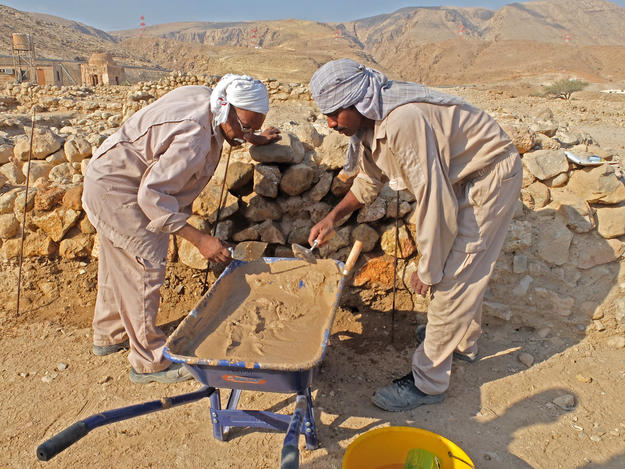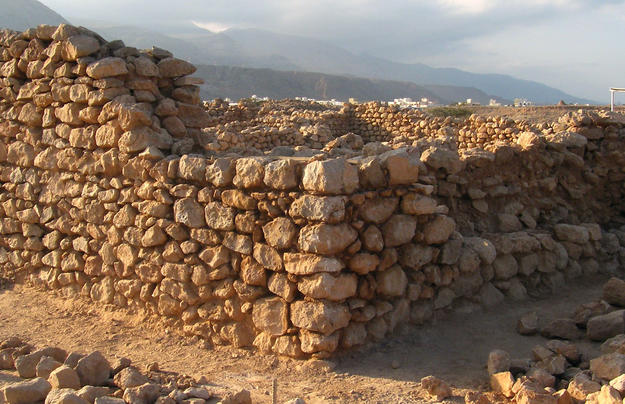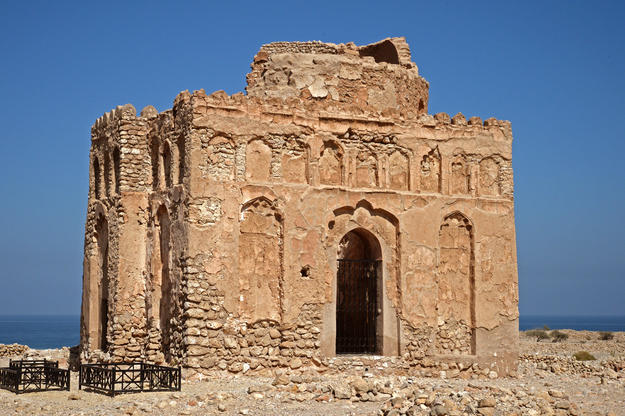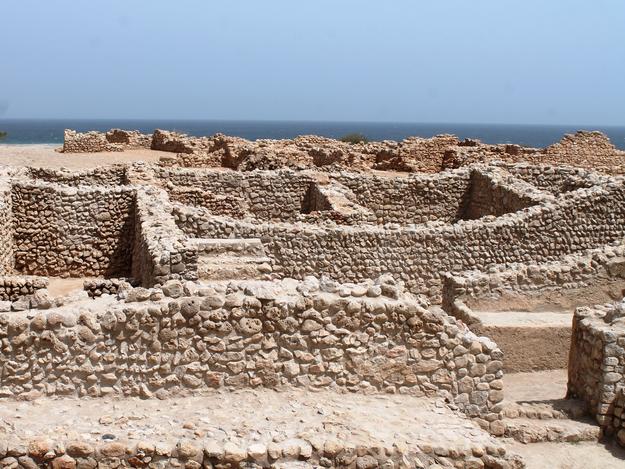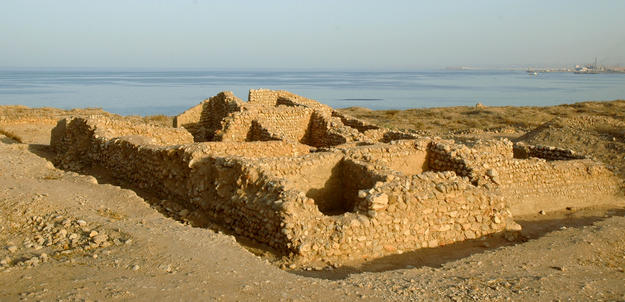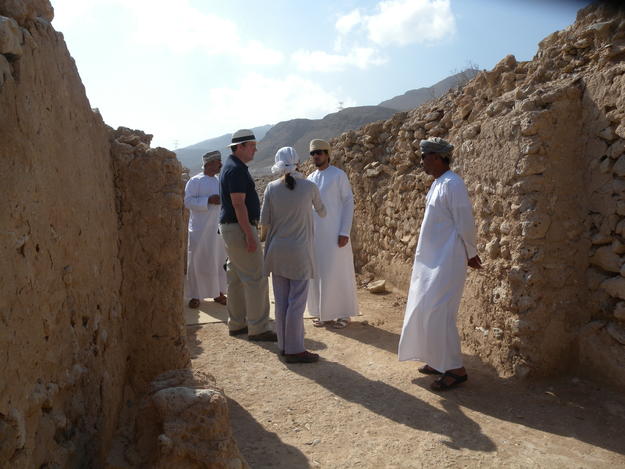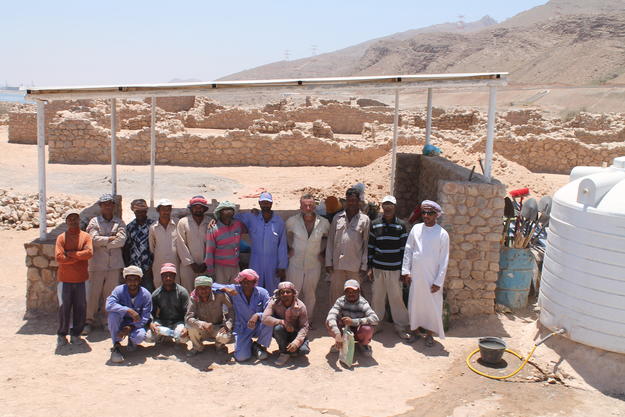Qalhât
Background
The ancient city of Qalhât, located on the Omani coast near Sur, was one of the most important Islamic commercial hubs for Indian Ocean trade from its founding in the eleventh century until the arrival of the Portuguese in the early sixteenth century. Now an archaeological site but for one remaining structure—the mausoleum of Bibi Maryam (c.1280–1315)—Qalhât was the second capital city of the Kingdom of Hormuz, and significant enough to be mentioned by Marco Polo and visited by Ibn Battutah, two of the greatest explorers in history. The city was planned as a triangle, with fortification walls that can still be seen along the western edge of the site. Recent excavations and surveys, conducted in the main areas by a French team from the lab “Orient et Méditerranée” of the Centre National de la Recherche Scientifique - Union Mixte de Recherche 8167 and Eveha, have been revealing the site’s history, the urbanism of the city and its evolution, the daily life of its inhabitants, the activities of the port in the region, and the greater international trade history of Oman.
Conservation and Management Planning
Qalhât has been carefully excavated since 2008, and the Ministry of Heritage and Culture of the Sultanate of Oman (MHC) in 2013 launched the Qalhât Development Project with the aim to create an archaeological park at the site. In the same year, WMF entered into an agreement with MHC to manage conservation activity at the site. WMF undertook conservation work between 2013 and 2019 and to date has conducted five campaigns focusing on documentation of site conditions, analysis of materials, technical training in the field and, to date, preservation of six buildings previously excavated, including a funerary and a platform mosque, a hammam, a cistern, twin-houses, and a storehouse. Since fall 2017, WMF and MHC are concentrating on stabilization and conservation of the Great Friday Mosque, an impressive structure with imposing architecture overlooking the sea and unique, colorful, and varied decoration.
Between fall 2017 and spring 2019, MHC and WMF focused on the preparation of a site management plan. The preservation and enhancement of the historical, archaeological, and cultural significance of the Ancient City of Qalhât were at the center of the process, which also included participation from a wide group of local stakeholders.
On June 29, 2018, the ancient city of Qalhât was inscribed on the World Heritage List.
Conserving the Great Friday Mosque
Since fall 2017, WMF and the MHC have concentrated on the stabilization and conservation of the Great Friday Mosque, an impressive structure overlooking the sea with imposing architecture and unique, colorful, and varied decoration.
During the last two phases of work, conservation focused on the main upper court of the mosque, in the prayer hall, and in some rooms of the basement. In collaboration with the MHC, WMF with an international team of heritage conservation experts stabilized, preserved, and restored the remains of the mosque as well as its fragile plaster and decorative stucco that once covered the walls.
In April 2019, the second phase of conservation at the Great Friday Mosque was completed. Two more phases are expected to complete the preservation of the Great Friday Mosque.

